In the realm of photography and videography, resolution is a pivotal factor that dictates the quality and detail in images. As technology advances, so does the capability of cameras to capture images at increasingly higher resolutions. In this article, we will explore the cameras that sit at the pinnacle of resolution, discussing their features, applications, and the technology that enables such high-fidelity imaging.
Understanding Camera Resolution
Camera resolution is a fundamental aspect that photographers must grapple with when selecting equipment or setting up for a shoot. It determines the level of detail a camera can capture and directly affects the quality of the final image. Here, we elucidate what camera resolution means and how it influences your photography.
The Basics of Megapixels and Resolution
In digital photography, resolution refers to the total count of pixels that compose an image, measured in megapixels (MP), with one megapixel equating to one million pixels. It is commonly believed that more megapixels translate to a higher resolution and therefore a more detailed image. While this is generally true, the relationship between megapixels and image quality is complex and influenced by several factors.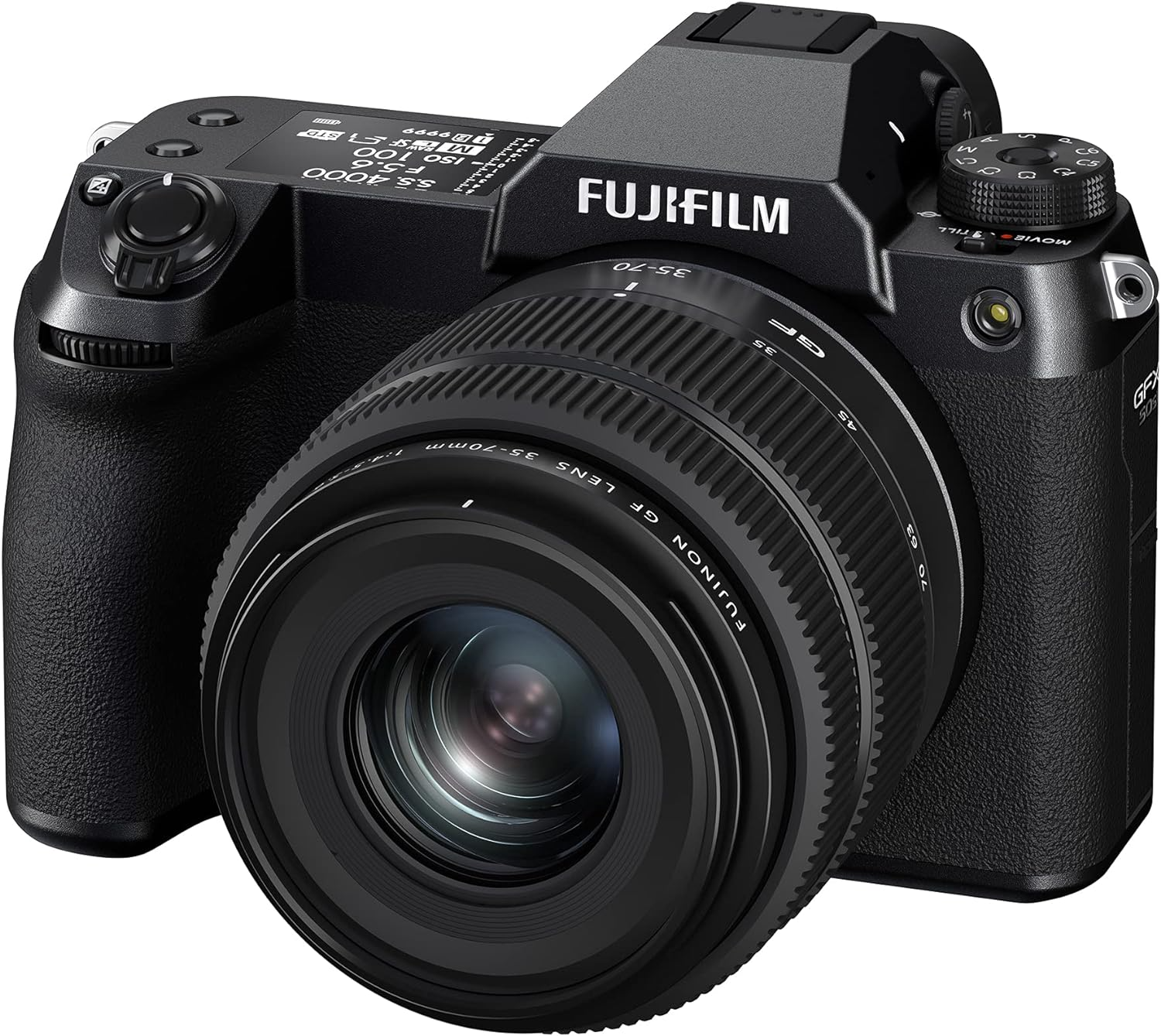
Sensor Size: The Other Half of the Resolution Story
The camera’s sensor size is crucial when discussing resolution. A larger sensor can gather more light, providing better image quality, particularly in low-light conditions. A high megapixel count on a small sensor can lead to noise and loss of detail, whereas the same megapixel count on a larger sensor can result in superior image clarity.
More Than Just Megapixels
It’s important to look beyond just megapixels when considering camera resolution. The lens quality, image processing capabilities, and even the file format in which you shoot can all influence the final image. Furthermore, the physical size of each pixel on the sensor matters; larger pixels can capture more light and reduce image noise.
Resolution Requirements for Different Outputs
The required resolution also depends on how you intend to use your images. High-resolution images are essential for large prints, where fine details are necessary for maintaining image quality. For online sharing or smaller prints, a lower resolution may suffice.
Understanding camera resolution is key to making informed decisions about camera gear and settings, ensuring that you capture images with the appropriate level of detail for your needs. It’s a balance of several factors that, when understood, can significantly enhance the quality of your photography.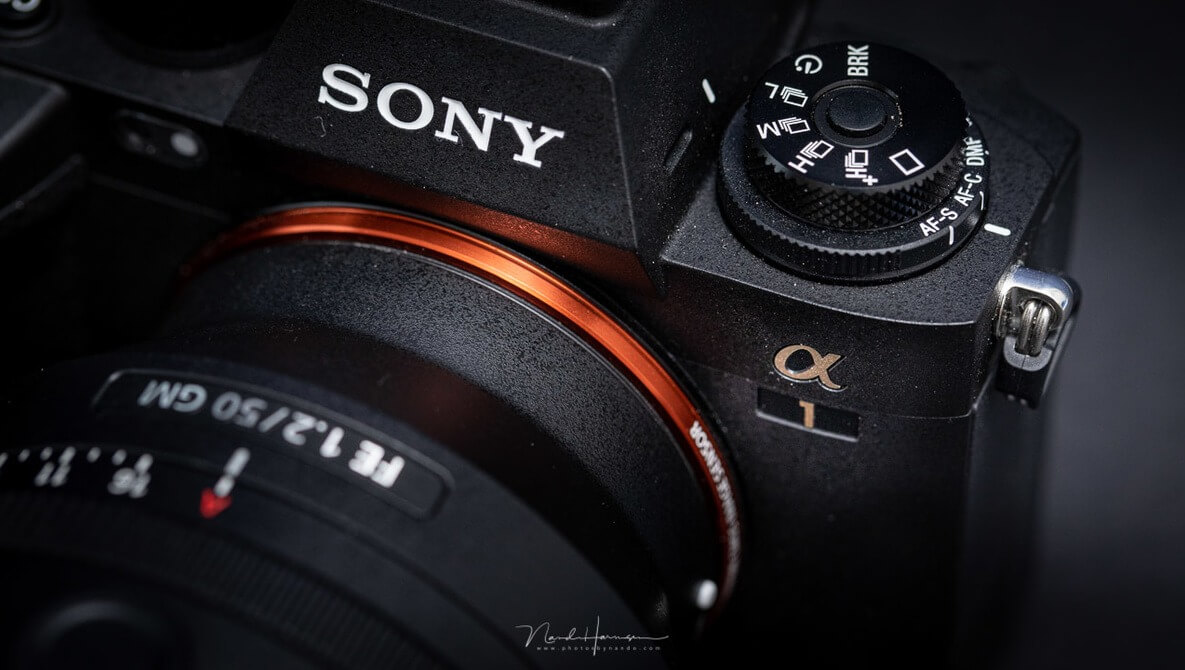
The Pioneers of High-Resolution Imaging
In the competitive landscape of camera technology, high-resolution imaging stands as a critical benchmark for professional photographers and enthusiasts alike. Advancements in sensor design, image processing, and optics have led to the creation of cameras that offer unprecedented levels of detail. This section highlights the pioneers in high-resolution imaging, examining the technological breakthroughs and sophisticated camera systems that provide photographers with the tools to capture the world with remarkable clarity.
Medium Format Giants
At the forefront of high-resolution imaging are medium format cameras, renowned for their large sensors that are significantly bigger than the full-frame sensors found in professional DSLR and mirrorless cameras. These larger sensors enable medium format cameras to house more and larger pixels, resulting in images with finer detail and a wider dynamic range — attributes highly sought after in high-end commercial photography, fine art, and landscapes.
One of the standout names in medium format photography is Phase One. Their XF IQ4 150MP Camera System boasts an impressive 150-megapixel resolution, ensuring every nuance and detail of the scene is captured with precision. This camera system utilizes a backside-illuminated (BSI) sensor, a technology that allows for greater light gathering and efficiency, yielding images with less noise and exceptional color fidelity.
Hasselblad is another prestigious brand in the medium format arena. Their H6D-400c MS camera can produce 400-megapixel images using a multi-shot capture process. While this technology is primarily used in controlled environments, such as studios where the subject remains stationary, it exemplifies the extraordinary capabilities of high-resolution imaging technology.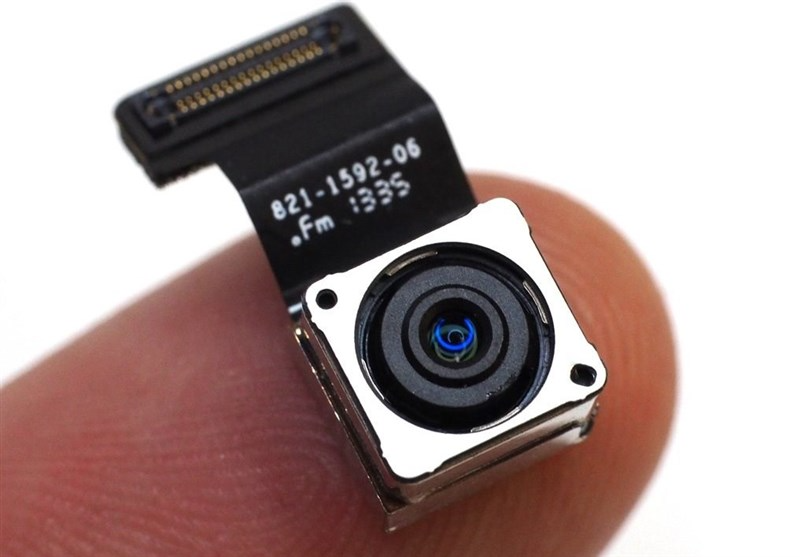
DSLR and Mirrorless Innovators
The push for higher resolution has also been evident in the DSLR and mirrorless markets, where manufacturers strive to balance resolution with speed, low-light performance, and other features. Canon set a significant benchmark with the EOS 5DS and 5DS R models, both of which offer a notable 50.6-megapixel resolution. These cameras have become favorites in the realms of fashion, architecture, and landscape photography.
Sony, with its Alpha A7R series, has made significant strides in the mirrorless sector. The A7R IV, for instance, features a 61-megapixel full-frame sensor, offering an excellent balance between high resolution and overall image quality. The portability and versatility of mirrorless systems, coupled with such impressive resolution, have made these cameras increasingly popular among professionals who demand the best in imaging performance.
The Future of High-Resolution Imaging
As camera technology continues to evolve, the quest for higher resolution is likely to persist, with innovations in sensor design and image processing driving the industry forward. Computational photography, which leverages software algorithms to enhance image resolution and quality, is becoming increasingly integral in modern camera systems. This synergy between hardware and software not only enhances existing imaging capabilities but also paves the way for new photographic techniques and applications.
The pioneers of high-resolution imaging have set the standard for what cameras can achieve, providing tools that can capture the world with astonishing detail. Their contributions have not only advanced the field of photography but have also expanded the possibilities for creative expression and visual storytelling.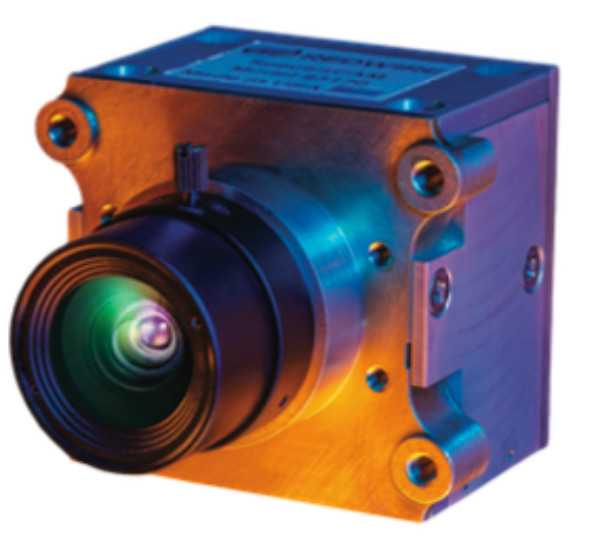
Applications of High-Resolution Cameras
While high-resolution cameras are often associated with professional photography and large print formats, their applications span far beyond. The detailed images these cameras produce are essential in various fields, including scientific research, surveillance, digital archiving, and even in the arts. This section explores the diverse uses of high-resolution cameras across different industries, highlighting where and why these powerful imaging tools are indispensable.
Professional Photography and Videography
In the realm of professional photography, high-resolution cameras are crucial. Fashion photographers, for instance, rely on the fine detail captured by these cameras to showcase the textures and fabrics of clothing. Similarly, landscape photographers benefit from the ability to capture vast scenes with enough detail to allow for large format prints without losing image quality. In videography, high-resolution cameras enable the production of 4K, 8K, and even higher resolution footage, providing a crystal-clear viewing experience and the flexibility for post-production cropping and stabilization.
Scientific Research and Space Exploration
High-resolution cameras are invaluable in the scientific community, particularly in disciplines such as astronomy where capturing detailed images of celestial bodies is essential. These cameras allow astronomers to study the surfaces of planets, moons, and distant galaxies, contributing to our understanding of the universe. Similarly, in fields like biology and materials science, high-resolution imaging helps researchers observe fine details of specimens and materials that are not visible to the naked eye.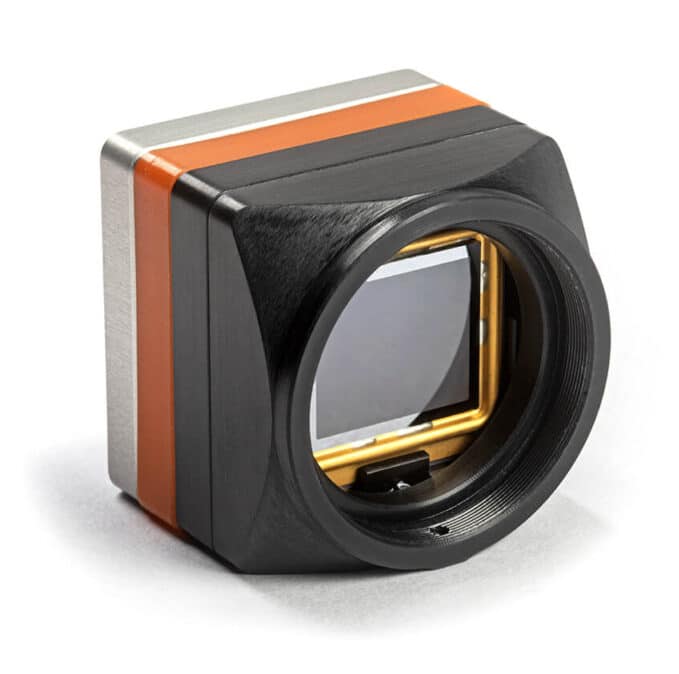
Surveillance and Security
In the security sector, high-resolution cameras play a pivotal role in surveillance operations. They provide clear images that make it easier to identify individuals and monitor activities in public spaces, airports, and other high-security areas. The detail captured by these cameras is crucial for law enforcement and security professionals, enabling accurate facial recognition and the ability to zoom in on specific parts of a scene without significant loss of image quality.
Digital Archiving and Restoration
The digital archiving of historical documents, artwork, and culturally significant items benefits greatly from high-resolution camera technology. Archivists use these cameras to capture detailed reproductions of items, preserving them for future generations. High-resolution images can reveal subtle details, like brush strokes and texture, that are important for art restoration and conservation efforts.
Mapping and Geographic Information Systems (GIS)
High-resolution cameras are also used extensively in geographic mapping and GIS. They provide detailed aerial images that are crucial for urban planning, environmental monitoring, and resource management. The detail afforded by high-resolution imagery allows for precise mapping of terrain, vegetation, and infrastructure, facilitating better decision-making and planning across various sectors.
These applications showcase the versatility and significance of high-resolution cameras across multiple fields. Whether capturing the intricacies of the natural world or the fine details of a cityscape, high-resolution cameras provide the ability to see the world with unparalleled clarity, making them an essential tool in countless domains.
Conclusion
High-resolution cameras represent the cutting edge of imaging technology. Adventurers seeking to capture their escapades in the highest fidelity possible should consider pairing an action camera with a head mount, ideally one equipped with the highest resolution camera available for crystal-clear footage. Their ability to capture the world with incredible detail opens up possibilities across a spectrum of fields, from professional photography to scientific research. High-resolution cameras capture life’s intricate details with clarity, while loop earplugs allow us to selectively tune into the sounds that matter most, enhancing our focus and experience of the world. Understanding and utilizing the power of these cameras can unlock new potential in image-making and beyond.
